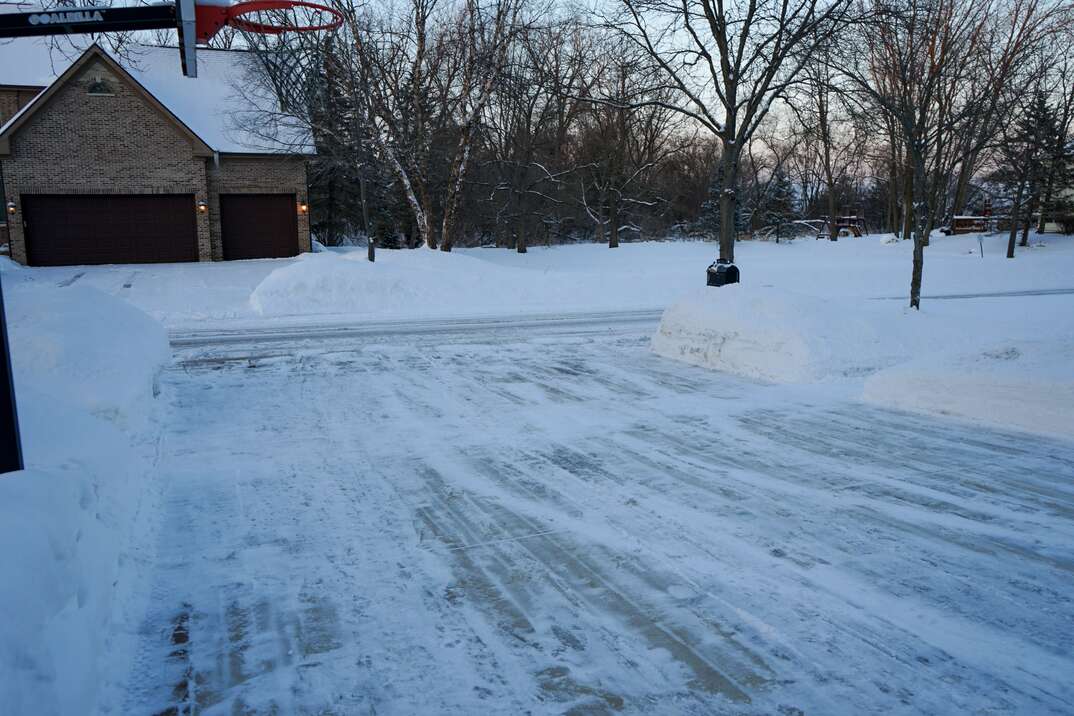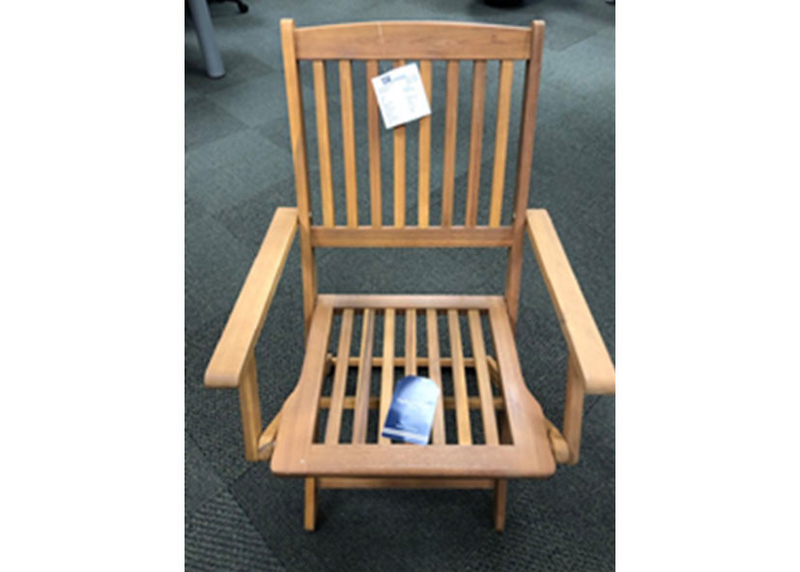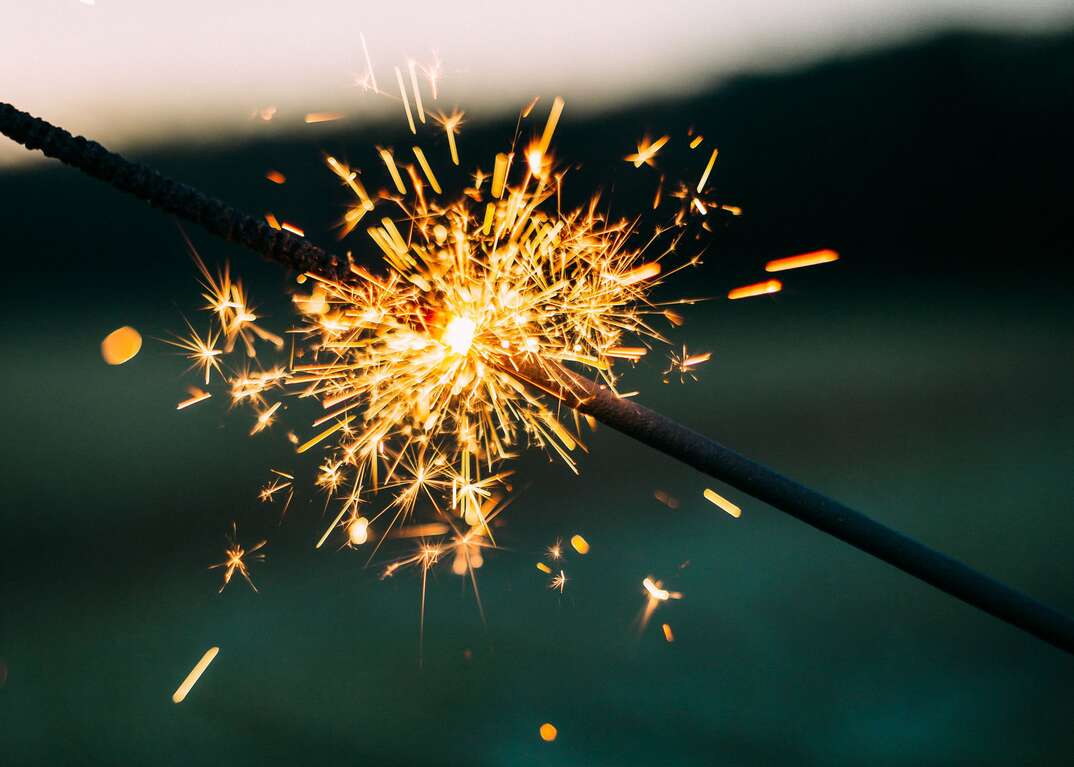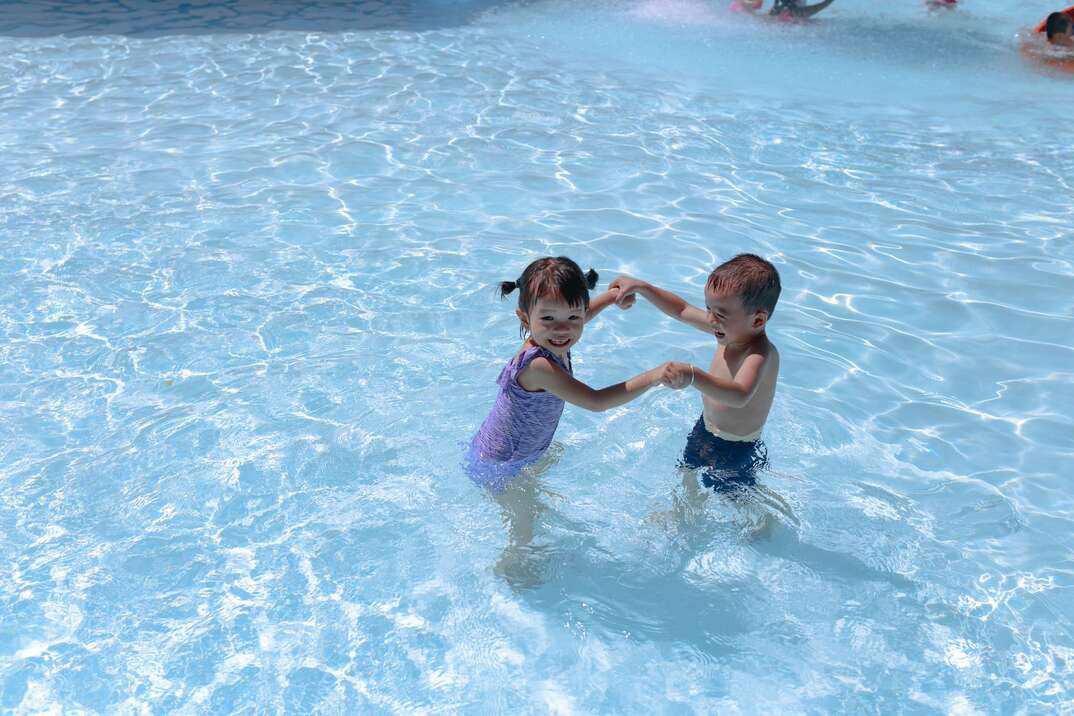Digging Out: 6 Things Homeowners Should Do Right After a Blizzard
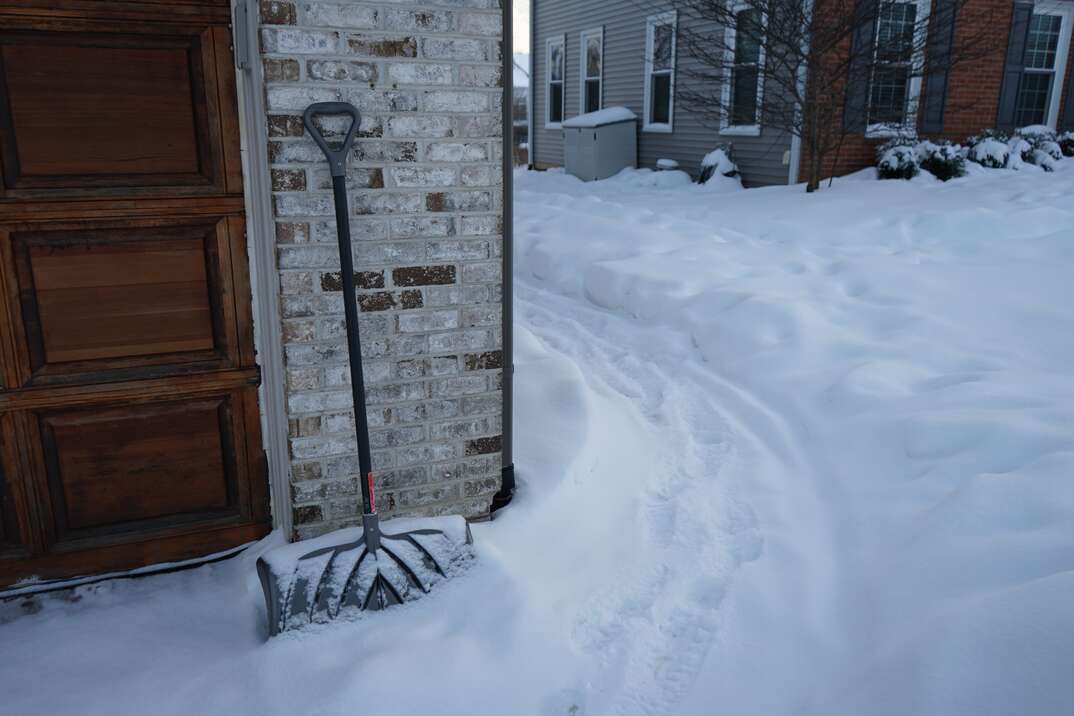
A massive snowfall that paints the world in white and cancels everything for a day (or a few) can be magical — especially for kids. But for homeowners, snowstorms can be stressful. That stress doesn’t end when the snowfall stops; on top of clearing all that snow, you’ll need to make sure your home has made it through the bout of bad weather relatively unscathed.
This May Also Interest You: How to Prepare for a Snowstorm
You made it through the blizzard safely. Follow these steps to make sure your home did, too.
What to Do After a Blizzard: Some Steps to Consider
The first thing you’ll probably want to do after a major storm is rush out to survey the damage and restock supplies. These can be good steps to take after a blizzard as long as you're also taking necessary precautions. Here are a few more things you’ll want to do after a snowstorm passes:
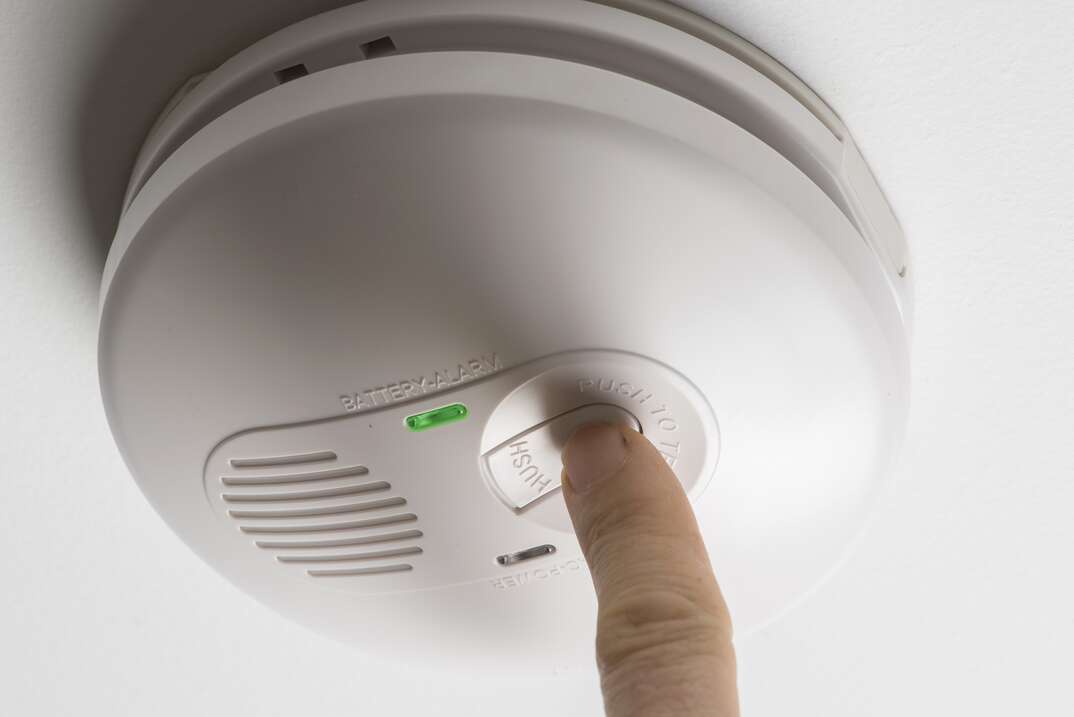
Check Your Detectors
Check your carbon monoxide and smoke detectors. This is especially important if you've lost power due to the winter weather. Using generators, gas, logs or other heat sources to heat your home can create safety issues such as excessive carbon monoxide or smoke in the home. The use of candles and fires during and after power outages also increases the risk of fire.
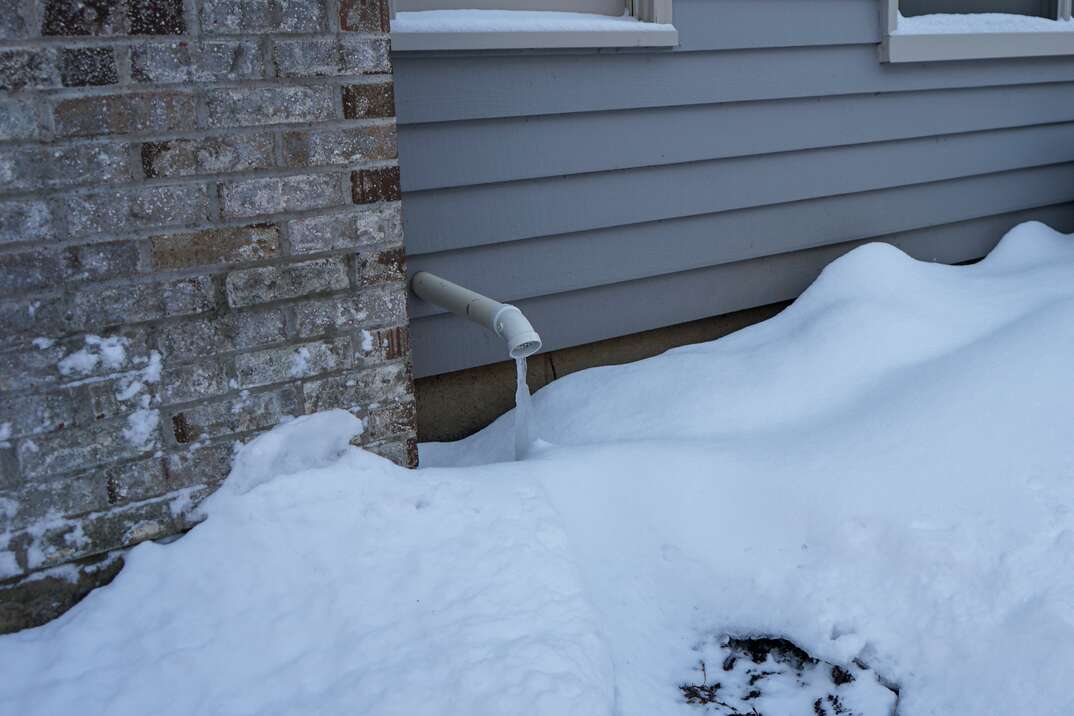
Inspect the Plumbing
Look for broken pipes and other plumbing issues. Severe cold weather wreaks havoc on plumbing and can lead to burst or cracked pipes. Check interior areas as you run water to ensure nothing is leaking. When it's safe to do so, go outside and uncover external pipes to do the same. If you discover any issues, turn off your water and contact a professional to help you address the problem.
Look for Roof Damage
Safely check your roof. Walk around your house to get a look at your roof. Heavy snowfall and winds during blizzards can damage roofs, causing leaks and even collapses. Avoid getting up on your roof in icy or slick conditions. Once you can, you can add a tarp to areas that are causing leaks while you wait for professionals to fix the issue.
Check for Other Exterior Damage
Look for downed trees that might have damaged your property, broken windows or caused other issues. In some instances, you may need help removing the trees or fixing the damage. But as these services may be delayed by increased demand, address what you can on your own. For example, you may be able to safely cover a broken window with plywood to keep winter winds and moisture from entering your home. Check your vehicles for damage, too.
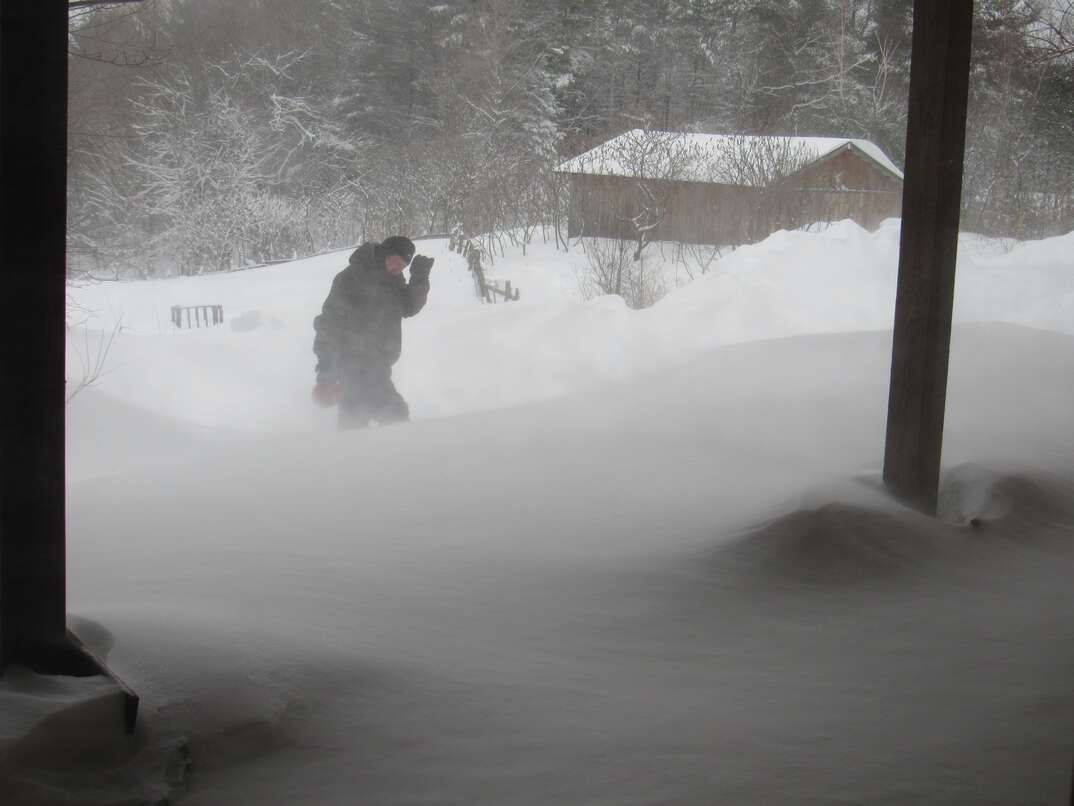
Monitor Local News
Watch television, listen to the radio and check in on social media to find out important information about your area. Downed trees and power lines may be reported, as will closed roads, businesses and schools.
Call Your Insurance Company
As soon as you know there may be damage to your home or vehicle, call your insurance company to report the claim and find out how to proceed. You're probably not the only one with issues, so getting in line as soon as possible is a good idea.
More Related Articles:
- How to Winterize a House: Your No-Chill Checklist
- Prevent Frozen Pipe Problems by Knowing These Things Down Cold
- How to Insulate Windows
- Amputation Risk Prompts Recall of 6,700 Toro Snowthrowers
- Gimme Shelter: Here’s What You Need to Know About Building a Home Storm Shelter
Post-Blizzard Safety Tips
Unless you have a snowblower, you’re probably stuck digging yourself out by hand. It's important to know that shoveling snow is a major cardio workout — one most of us aren’t conditioned for. You may not have another choice when you're faced with drifts on your driveway that are several feet high, but keep in mind that intense snow shoveling can actually increase heart attack risk.
When possible, wait for plows to clear snow. If you're shoveling your porch, driveway or sidewalks, pay attention to how your body feels and take plenty of breaks. Consider sharing the job with someone else if possible.
Other safety tips to follow after blizzards include:
- Survey any area before walking or working in it. Make sure there are no downed power lines or other hazards.
- Dress correctly for the weather. If it's below freezing, wear appropriate clothing along with gloves and hats. This will help your body conserve heat and will also reduce the risk of exposure issues.
- Stay on top of personal needs, like medications. If at all possible, make sure you have extras of necessary supplies on hand before a blizzard starts. If you can't do that, start working to address your needs as quickly as possible after the blizzard, as it may take longer than normal to get what you need.
Being Prepared for Winter Weather
Being prepared for winter weather is the first step in blizzard safety. Before winter begins, consider having a professional check your heating systems to ensure they're running properly and safely. Consult with a plumber about what you can do to protect your pipes when things get icy.
Since we’re all home now more than ever, being prepared for unexpected home repairs with a plan from HomeServe is important. Having a plan in place gives you peace of mind knowing that you can simply call our 24/7 repair hotline for covered breakdowns. See what plans are available in your neighborhood.
